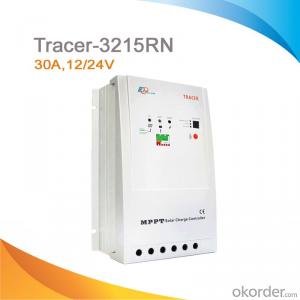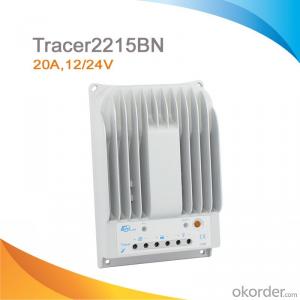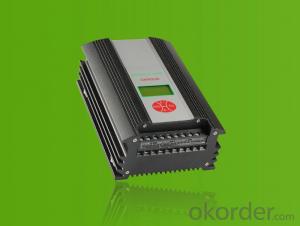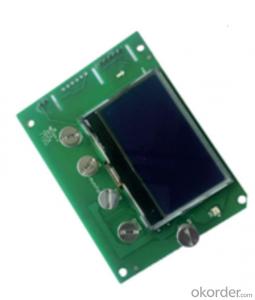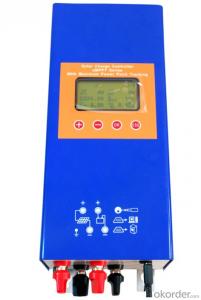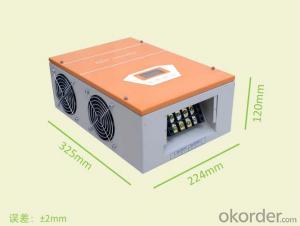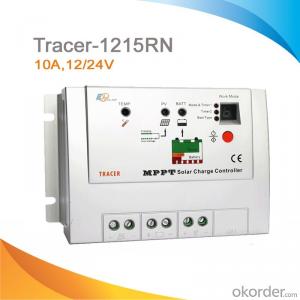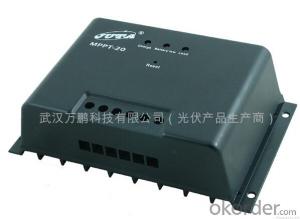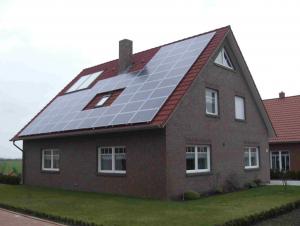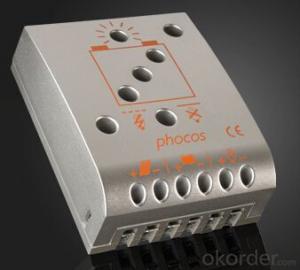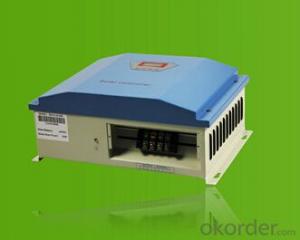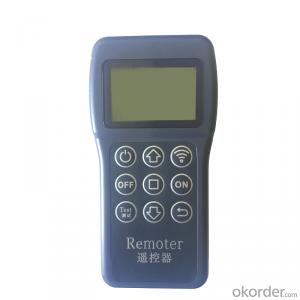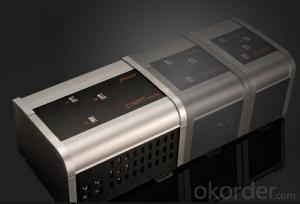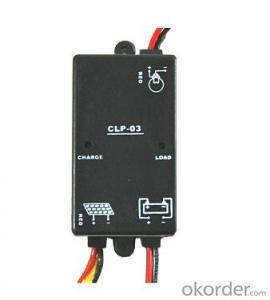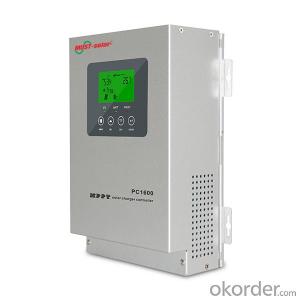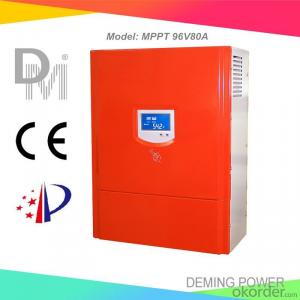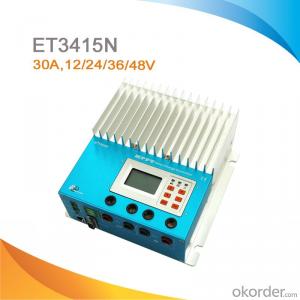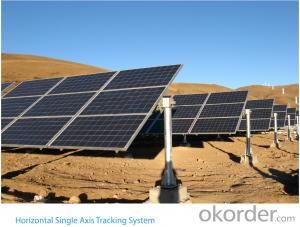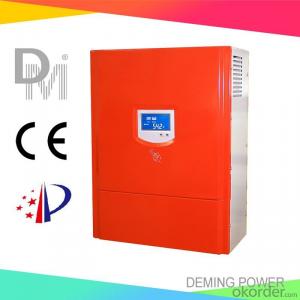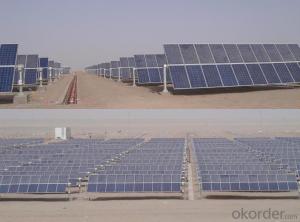Tracer Mppt Solar Controller
Tracer Mppt Solar Controller Related Searches
Mppt 30A Solar Controller Mppt Solar Inverter Mppt Inverter Solar Mppt Solar Power Inverter Mppt Solar Inverter Charger Mppt Based Solar Inverter Microtek Mppt Solar Inverter Mppt Solar Hybrid Inverter Mppt Inverter For Solar System Trace Solar Inverter Mppt Hybrid Solar Inverter Mppt Solar Pump Inverter 12v Mppt Solar Inverter Solar Tracker Module China Mppt Solar Inverter Mppt Solar Inverter 24v Inverter Solar Controller Best Mppt Solar Inverter Mppt Solar Inverter Manual Inverter Controller Solar 3 Mppt Solar Inverter 24v Mppt Solar Inverter Apollo Mppt Solar Inverter Solar Panel With Controller Mppt Solar Inverter 48v Dual Mppt Solar Inverter 1kw Mppt Solar Inverter 24 Volt Mppt Solar Inverter Arduino Solar Controller Mpp Solar Charger InverterTracer Mppt Solar Controller Supplier & Manufacturer from China
The Tracer MPPT Solar Controller is a high-performance solar charge controller designed to maximize the efficiency of solar energy systems. It features advanced Maximum Power Point Tracking (MPPT) technology, which ensures that the solar panels are always operating at their maximum power output. This results in increased energy production and reduced energy waste, making it an ideal choice for various solar power applications.The Tracer MPPT Solar Controller is widely used in a variety of settings, including residential, commercial, and off-grid applications. It is particularly beneficial in areas with fluctuating sunlight conditions, as the MPPT technology ensures that the solar panels continue to deliver maximum power even when the sun's intensity changes. This makes the Tracer MPPT Solar Controller a reliable and efficient solution for harnessing solar energy in diverse environments.
As a leading wholesale supplier, Okorder.com offers a vast inventory of Tracer MPPT Solar Controllers to meet the demands of various customers. With competitive pricing and a commitment to quality, Okorder.com is the go-to source for purchasing Tracer MPPT Solar Controllers in bulk.
Hot Products



